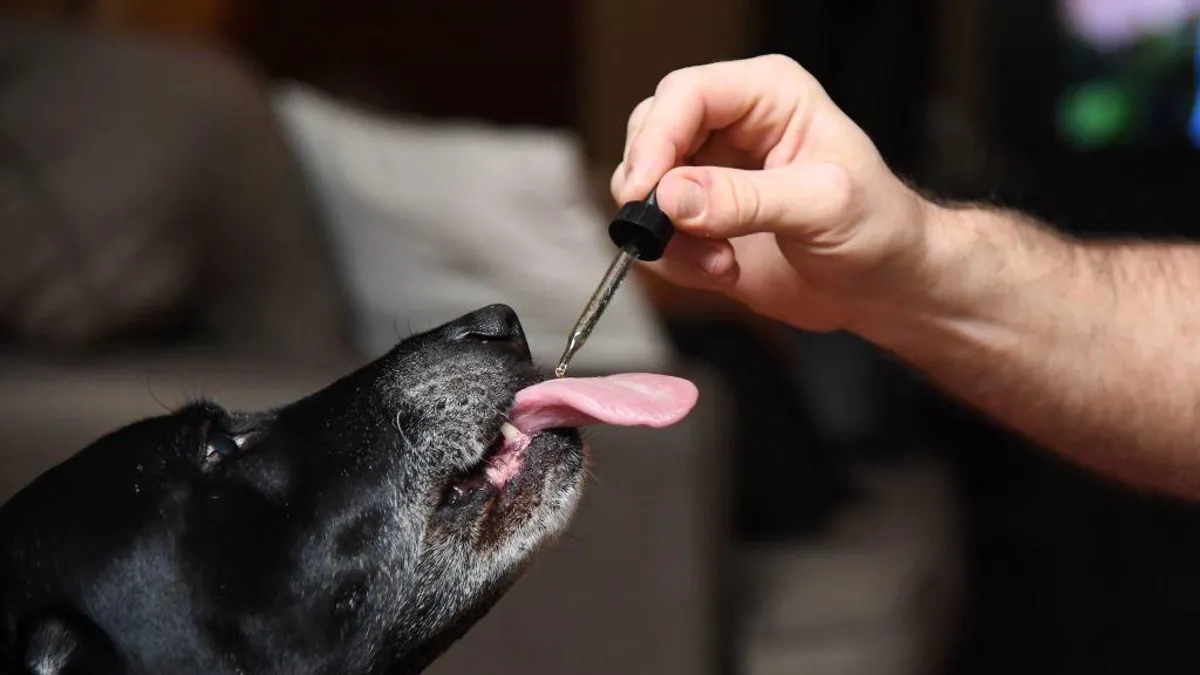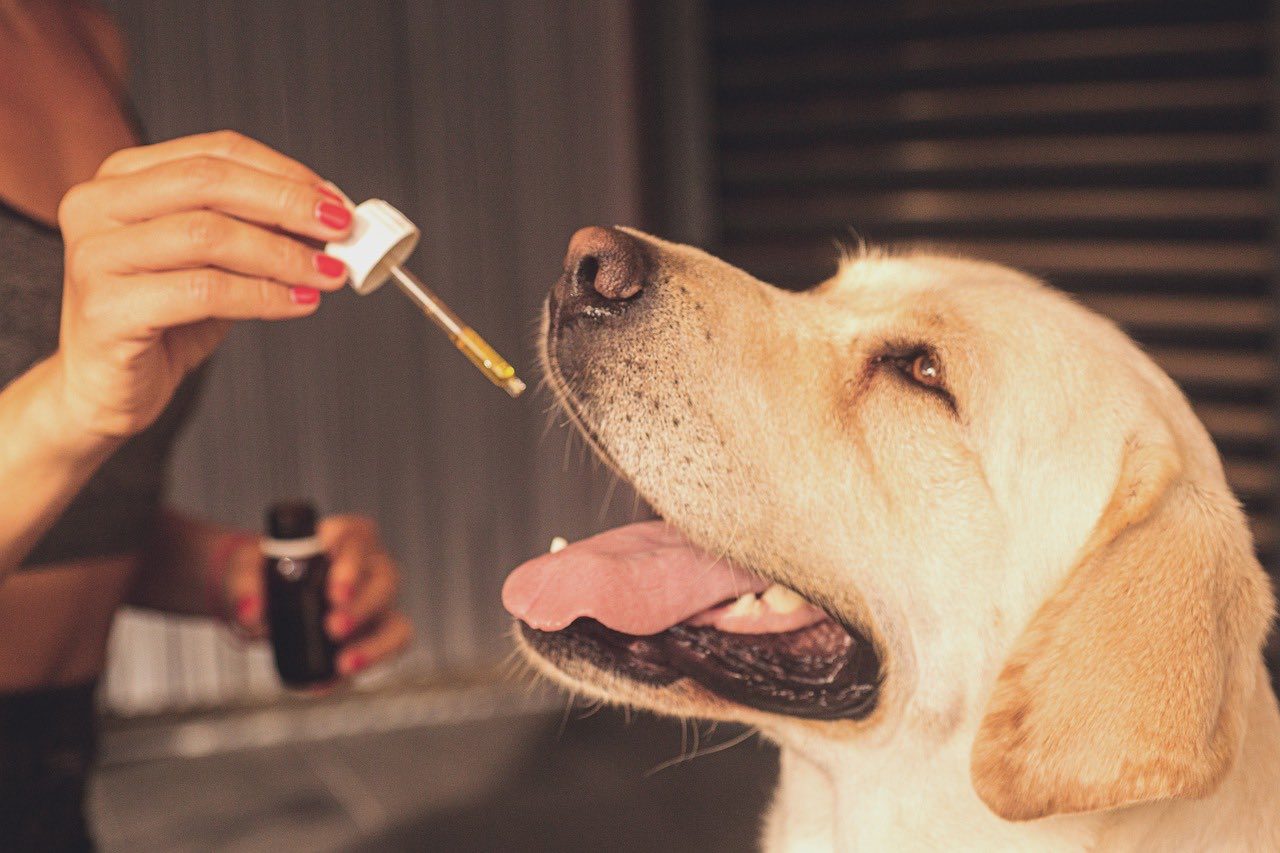With the rising popularity of natural remedies, many pet owners are turning to cannabidiol (CBD) oil as an alternative treatment for their beloved four-legged friends. CBD oil is a cannabis compound derived from hemp that has been gaining recognition for its potential therapeutic benefits, including pain relief and improved wellness. While research on the effects of CBD oil for dogs is still in its infancy, many pet owners have already seen positive results when incorporating it into their pup’s healthcare routine. If you’re considering adding CBD oil to your dog’s treatment plan, here are some tips for developing an effective plan that works for both you and your pooch.
Understanding The Basics Of CBD Oil
Before exploring how to use CBD oil for your dog, let’s first take a look at what it is and how it works. Unlike marijuana, which contains THC—the psychoactive component responsible for the high people get when they smoke or ingest cannabis—hemp-derived CBD products contain only trace amounts of THC or none at all. That means your pet won’t experience any psychoactive side effects when using them and will instead receive the full therapeutic benefits that come with taking this cannabinoid supplement.
CBD works by interacting with the body’s endocannabinoid system (ECS). This network of neurotransmitters helps regulate functions like sleep, pain perception, and immune response throughout the body. By binding to receptors in the ECS, CBD boosts those signal pathways to provide relief from various ailments such as inflammation and anxiety disorders. With regular use over time, users may even notice an improvement in overall well-being due to improved regulation in these areas of their health.
Choosing The Right Product And Dosage
When shopping for a quality CBD product for your canine companion, look for one made specifically designed with pets in mind. These products usually contain higher concentrations of certain cannabinoids known to be beneficial to animals than those formulated for humans so you can be sure your pup is getting all the benefits without any unnecessary additives or fillers that can be potentially harmful if consumed in large quantities. You should also make sure that whatever product you choose was grown organically and third-party tested so you know exactly what’s going into your pup’s body every day!
Once you’ve chosen the right product, determining an appropriate dosage will depend on factors like size, weight, and age as well as the severity of symptoms being treated by the supplement. To ensure safety always start off low with just a few drops per serving before gradually increasing over time until desired results are achieved – consult with your veterinarian about finding the best dose specific to your pup’s needs if unsure about any step along this process!
Monitoring progress and side effects
As with any new treatment regimen involving supplements or medication – especially those taken orally – it’s important to keep track of progress and monitor any potential side effects during use. Start by making a note of any changes you notice after each dose, whether positive or negative so that any problems can be identified early and the dosage adjusted accordingly if necessary. In addition, check in regularly with the vet so that they can keep up to date with developments that are directly related to your puppy’s health!
Adjusting the treatment plan over time
Just as humans respond differently to different treatments depending on individual genetics, physiology, etc., what works one month may not work the next – the same goes for our furry friends! It may take some trial and error before you find something that works for you, but don’t give up hope – there are plenty of options out there just around the corner… just remember that patience pays off when looking for alternative therapies, so don’t rush into anything! As long as you track progress properly (as mentioned above), something should eventually click & produce good results over time – hang in there, Fido!
Incorporating other therapies into the treatment plan
Adding other holistic therapies to traditional medicine can often improve overall effectiveness while providing additional relief from multiple angles simultaneously! Aromatherapy, massage therapy, acupuncture & chiropractic adjustments are all popular modalities used successfully in the veterinary field today – talk to your vet to see which option(s) might work best in the situation given the current state of health/well-being! Combining these elements together when done correctly creates a synergistic effect allowing for better absorption/utilization within the organism thereby increasing effectiveness exponentially compared to standalone methods alone…woohoo!
Take care of yourself too!
Finally, don’t forget the self-care part of the equation! After all, we’re talking about our pets here; managing stress levels naturally through activities like yoga/meditation helps us maintain the necessary equilibrium to handle difficult moments life throws at us, making it much easier to navigate the complicated waters the veterinary world keeps behind closed doors It doesn’t hurt to lend a loving hand once in a while, so go ahead, and give him some cuddles & snuggles…you deserve as much as he does!
The bottom line
Incorporating natural supplements such as CBD oil into existing treatment plans offers promising opportunities to improve overall health and well-being both human and animal alike – however, caution is advised whenever introducing anything new to the body regardless of species origin! Always consult a licensed practitioner before starting anything to avoid complications associated with misuse; follow instructions carefully, monitor progress closely, and verify safety, and longevity of use before committing to long-term commitment! In the end, the goal here is to create a healthy balance between traditional and modern medical practices ensuring the highest possible standard of living for both parties involved.



